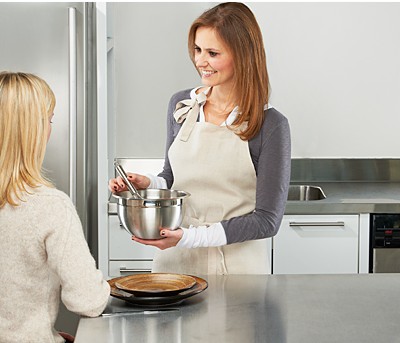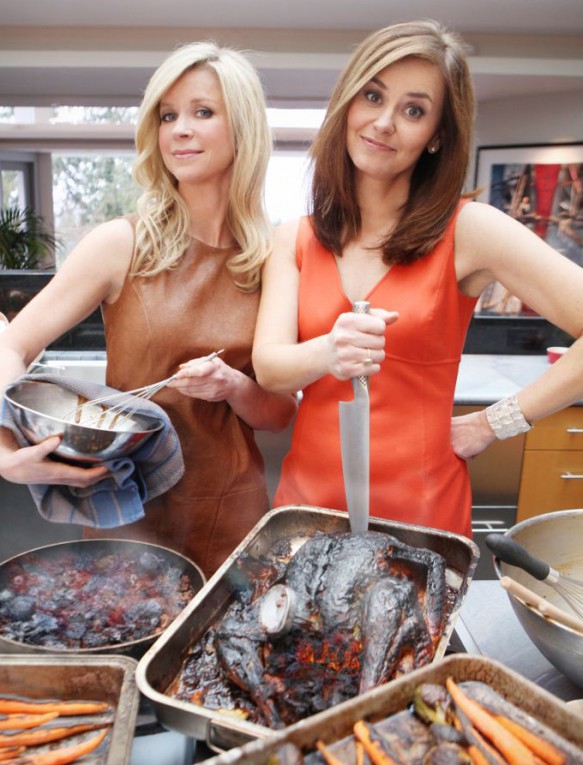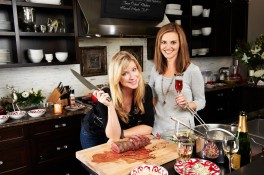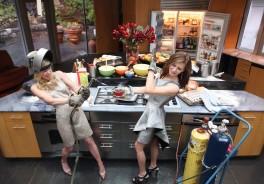
Champagne
Traditionally associated with celebration, more and more people are drinking champagne or sparkling wine now than any other time in history. Whether you choose sparkling wine or the real thing, there's a lot to know about buying the best bottle for your pleasure.
Champagne Basics
-
Real champagne is from the Champagne region in France. Anything else is called sparkling wine, even though it may use the same type of grape.
-
The real thing costs more, but because production rules are so strict for Champagne, it’s a safe bet you’re getting quality.
-
A stamp from the Appellation d’Origine Controlee (AOC) certifies the bottle was made according to regulations.
-
-
For a champagne to be considered of a particular year’s vintage, at least 80% of the grapes used in producing it must have been harvested in that year. The remaining 20% of grapes can be from other years.
-
Similarly, “non-vintage” on the label means the grapes come from several different vineyards over different seasons. By AOC regulations, no producer can use more than 80% of their grapes for vintage champagne, which means there’s lots left over to make high quality, non-vintage bottles.
-
Accordingly, vintners blend their champagnes with the “greatest hits” from across the years, which leads to a beverage of more uniform quality. This is another reason why choosing a particular vintage of champagne is not overly important, since those of a given brand are more or less similar.
-
-
The last variable in choosing a champagne is its level of dryness, which refers to the amount of residual sugar it contains.
-
The different dryness levels include: Extra Brut, Brut Sauvage, Ultra Brut, Brut Integral, Brut Zero 0.6%, Brut 1.5%, Extra Dry, Extra Sec 1.2 to 2.0%, Sec 1.7 to 3.5%, Demi-Sec 3.3 to 5.0%, and Doux 5% and higher – the sweetest kind available.
-
Even if you have a sweet tooth, however, champagnes rated as “Doux” should be used only as dessert wines.
-
Champagne makers typically save their best grapes for the Brut categories.
-
-
Other label terms include “Cuvee”, which means the winemaker has added a personal blend of several aging wines after the initial fermentation process.
-
If you’re inexperienced with champagne, start with non-vintage. Vintage costs a lot more, and an unsophisticated palate may not appreciate its complexity and price tag.
- If you’re planning to make a champagne cocktail, choose one that is less sweet so it doesn’t overpower the flavour of the mix.
Sparkling Wine Basics
-
Sparkling wines have come a long way in recent years. Today, there are several types available that seem just as delicious as real champagne.
-
The bubbles in sparkling wine tend to be larger and dissipate faster than in champagne.
-
Look for wines that are made by “methode champenoise” standards. Sommeliers say Spain and California make great sparkling wines.
TEST CRITERIA
We put on our party dresses and hit the town to do some taste tests with these champagnes:
- Moet Chandon: $63
- Veuve Clicquot: $65
- Dom Perignon: $200
- Cristal: $227
Champagne vs. Sparkling Wine Taste Test
First we tested one of our champagnes vs. one of the more popular sparkling wines at some of the parties we crashed.
-
In most cases, the champagne was the chosen favourite.
-
Interestingly enough, in cases where we served the sparkling wine first, many tasters enjoyed it and thought it was champagne. That is, until we served them the real thing!
Champagne Taste Test
-
Some people liked the crispness of the Moet.
-
Most others preferred the Dom Perignon or the Cristal.
OUR TOP PICK
If your palette is used to good champagne, then that’s what you should buy. If you just enjoy the bubbly stuff once in a while, start out with one of the less expensive champagnes like Moet, or a sparkling wine.
Please feel free to more share suggestions below. With many new sparkling wines every year, it can be hard to keep up, so we welcome all comments! There are also a number of suggestions to check out from readers on our Facebook page. Cheers!
Join the conversation
On 12 29, 2009 at 10:05:16 AM, Steve R. said:
I bought a bottle of Dom when I 1st purchased my house. I opened it (the Dom) earlier this year when I sold the house. It had “aged” 10 years during that time in my cellar. The anticipation was high and my friends were equally excited. I did forgo the sabre and chose to gently turn the bottle, hearing its subtle sigh as it breathed its first breath. I found the crisp taste wonderful; however, some of my friends found it no big deal. I did have to laugh as it was the first time they had actually sampled it, but I did appreciate their frugality. Why pay $200 for a bottle when a $50 bottle will do nicely. Oh well, what’s life, if you don’t step up and experience things when you have the chance.
On 12 29, 2009 at 11:16:24 AM, MJ G. said:
I’m always entertained when people think that buying an expensive bottle is worth it, even if most of your guests are mixing it! I found that over the years, people are mixing champagne with juices or punch, which in my mind would mean BUY THE CHEAP STUFF!! But it’s their dollar, right?
On 12 31, 2009 at 06:09:35 PM, Heather C. said:
We have just discovered Prosecco, an Italian sparking wine and absolutely love it. The price is right – a bottle of an organic prosecco available in BC is about $17, it’s very dry, and we really like it. We served it at Christmas and most of our guests at first declined when they were told it was like champagne, but we insisted and when they tried it they really liked it.















